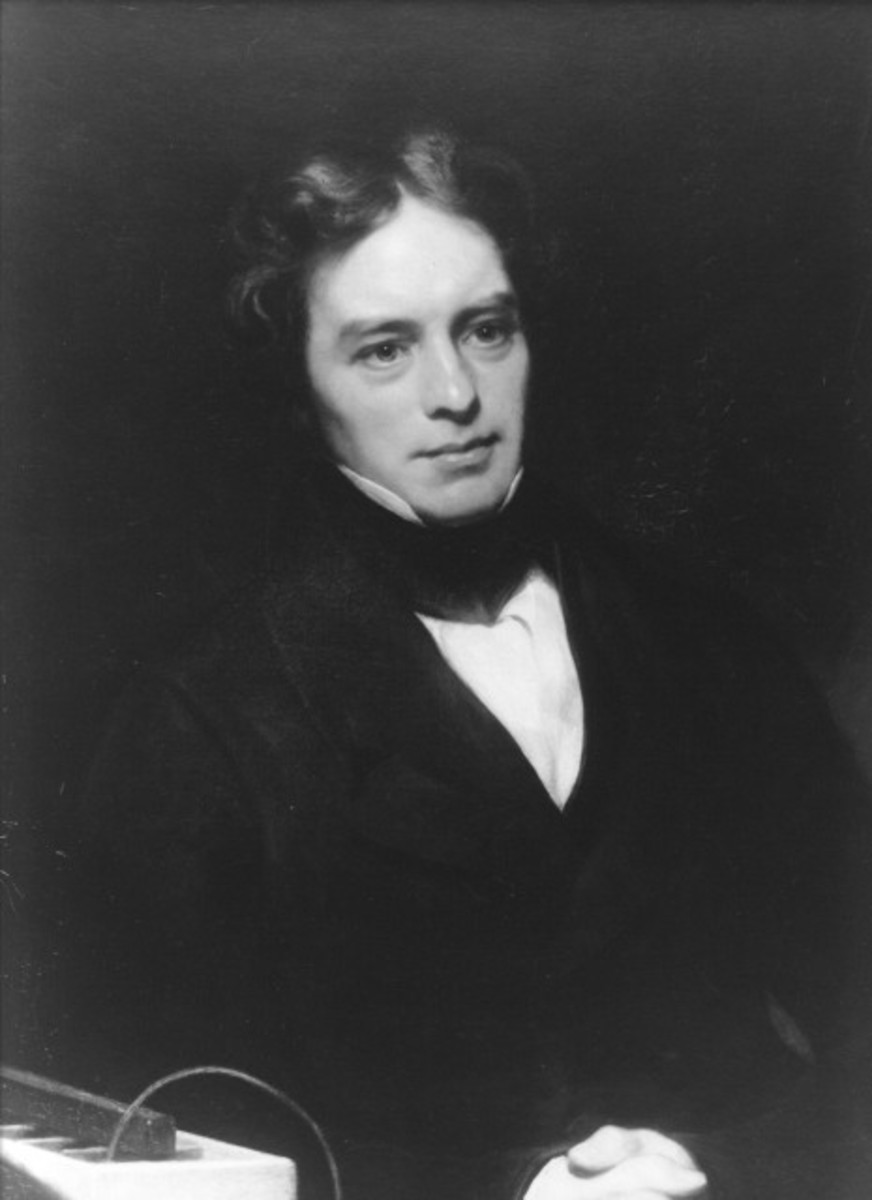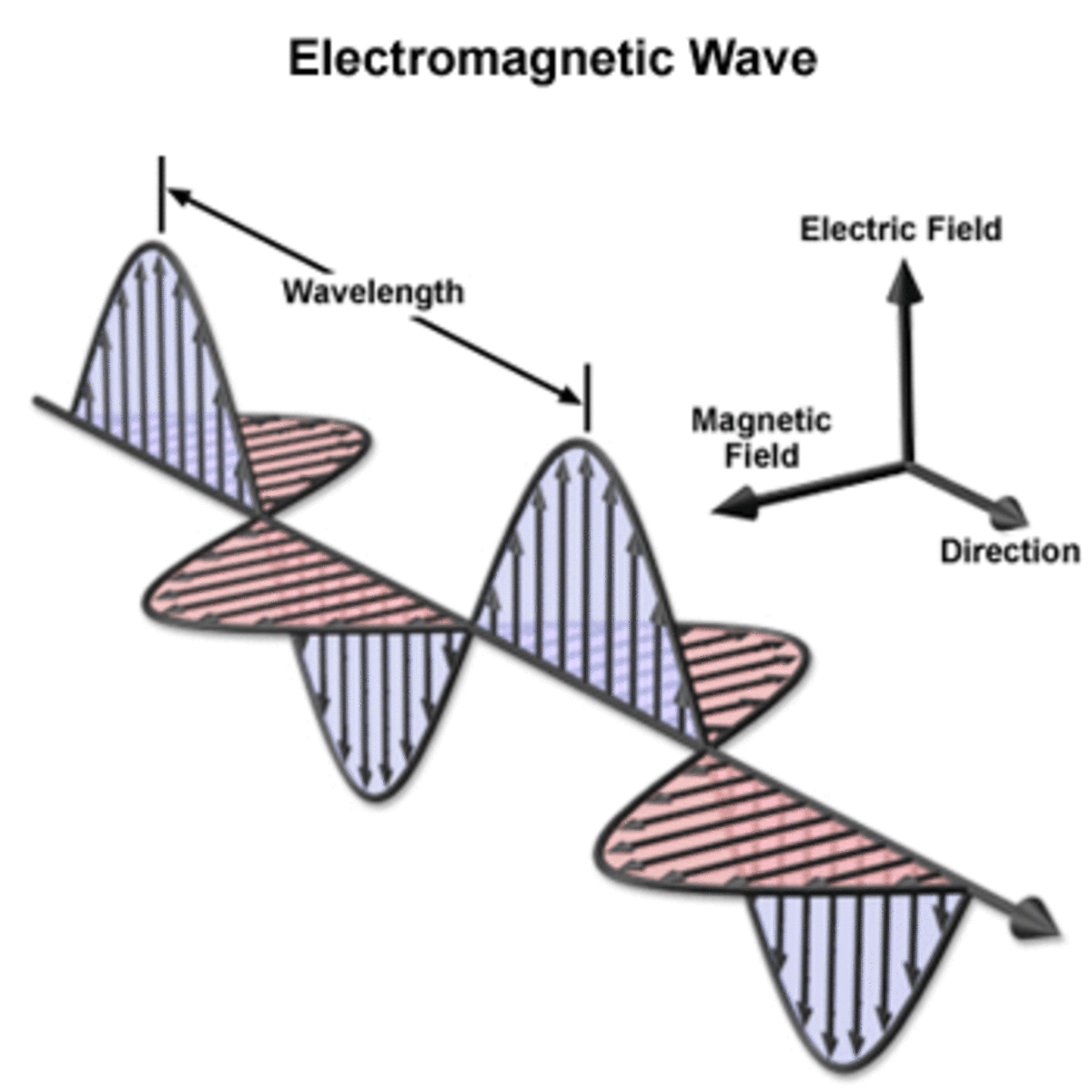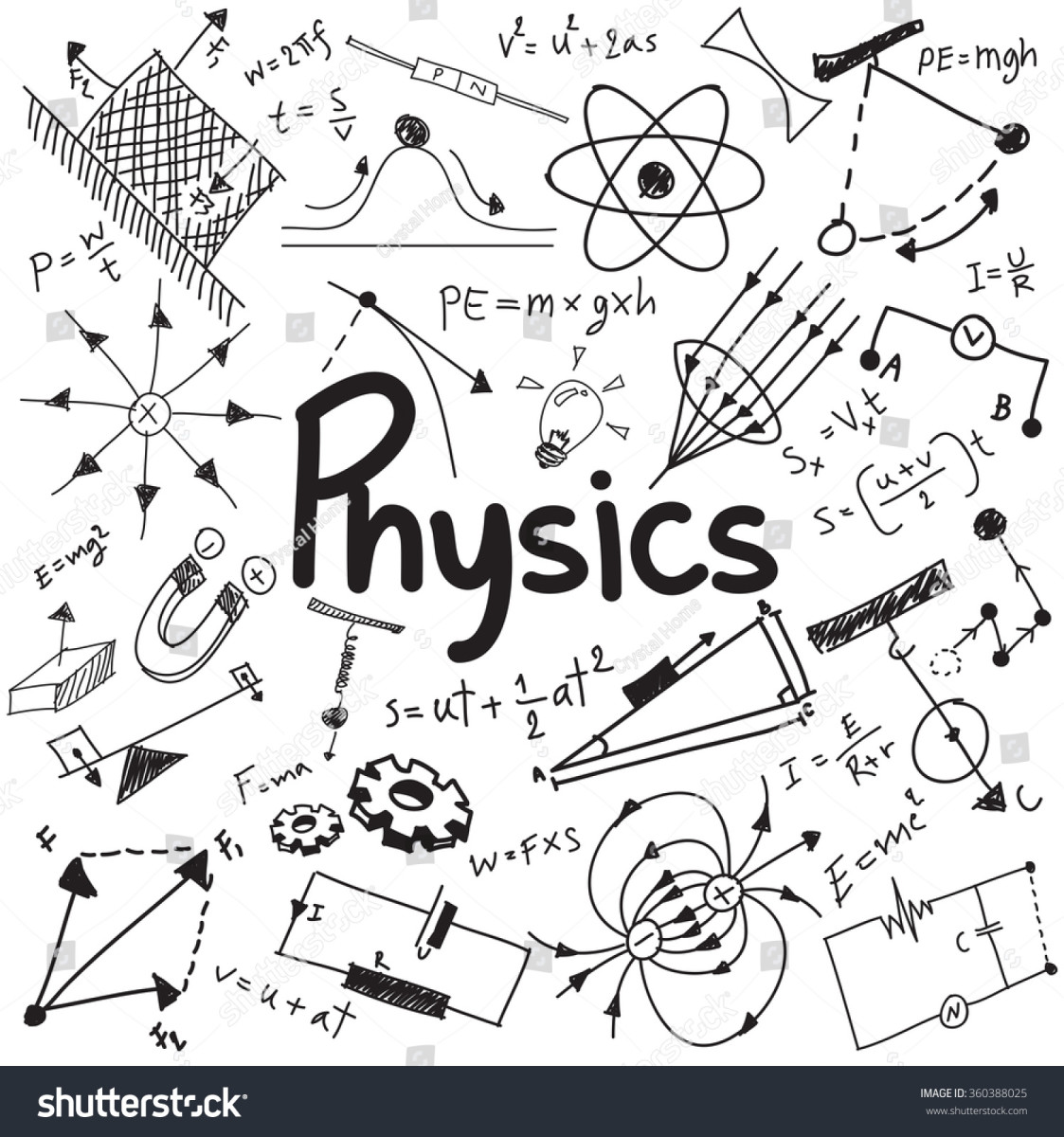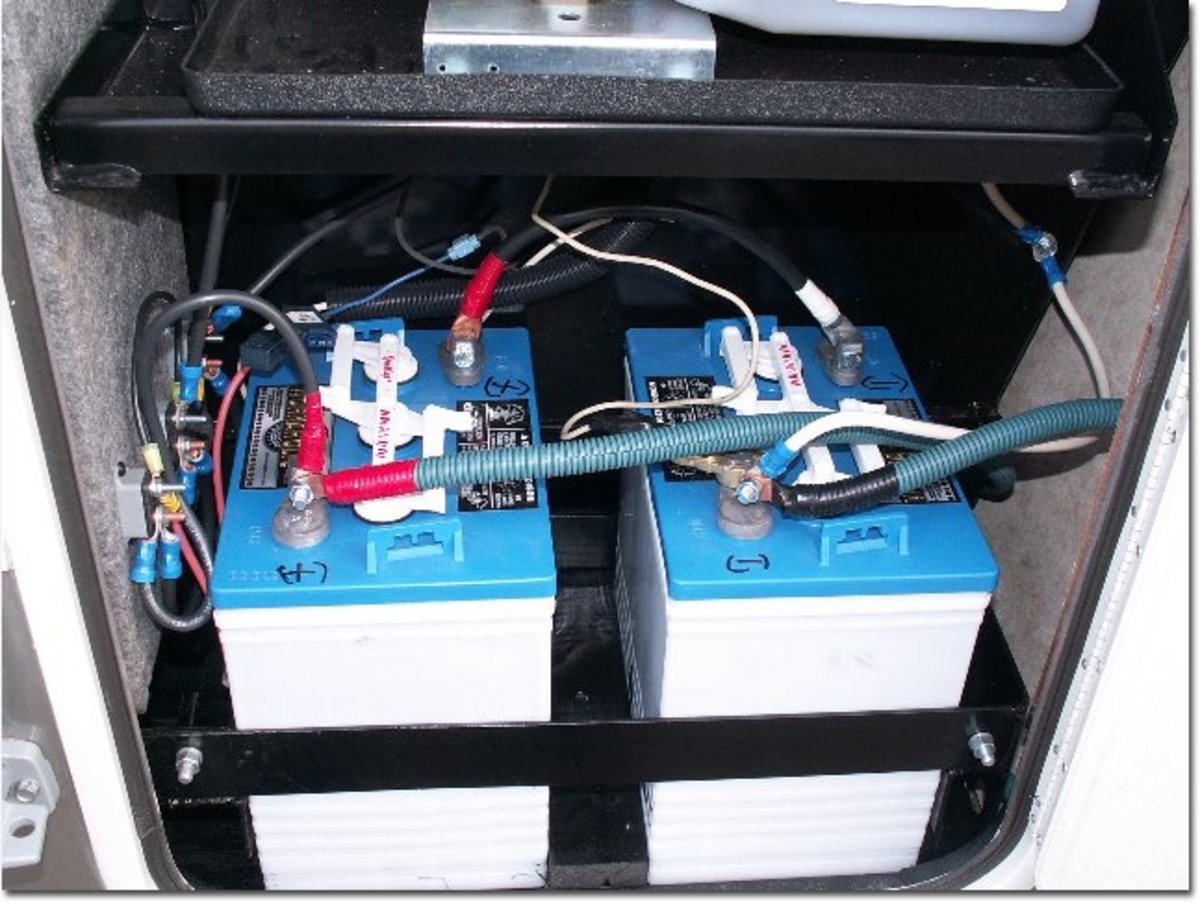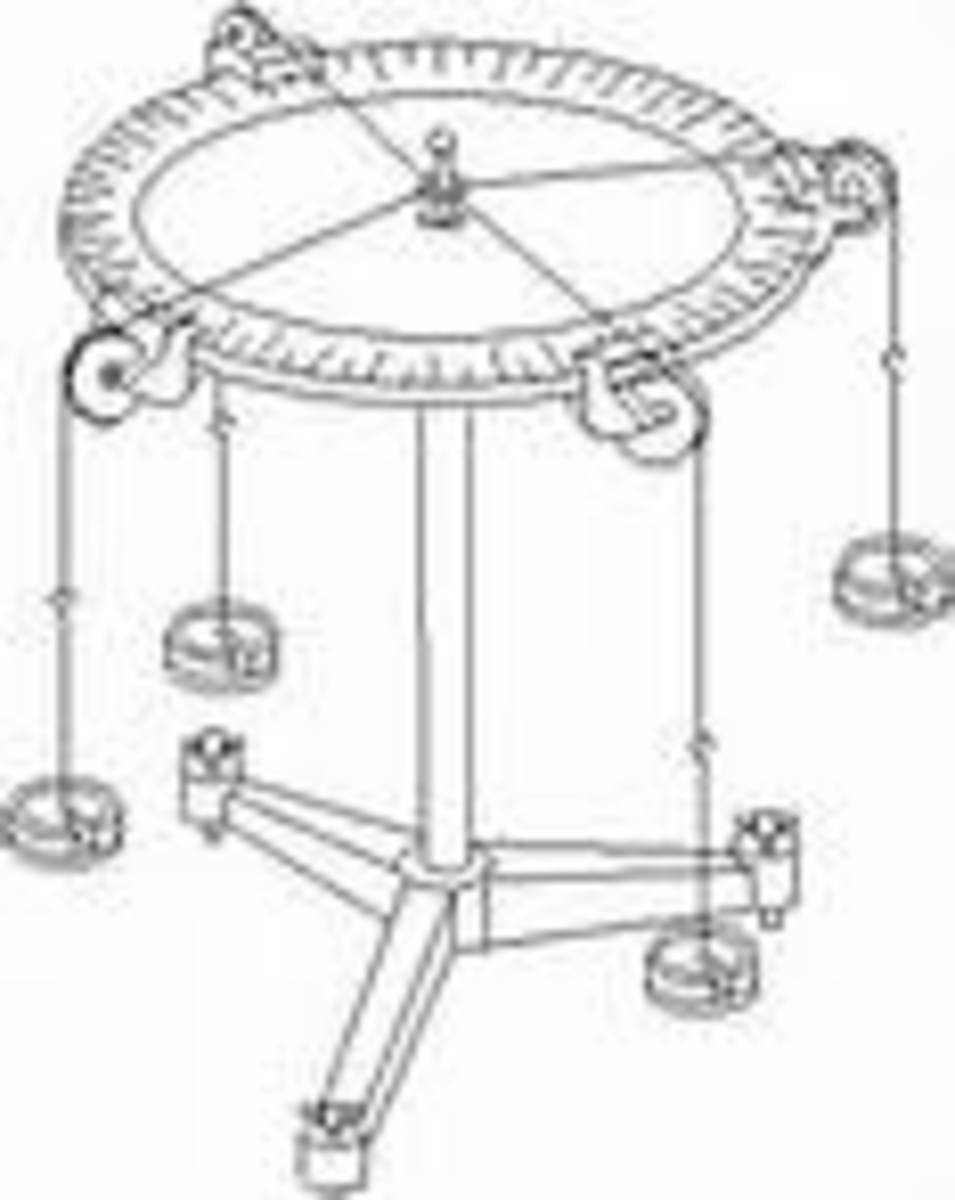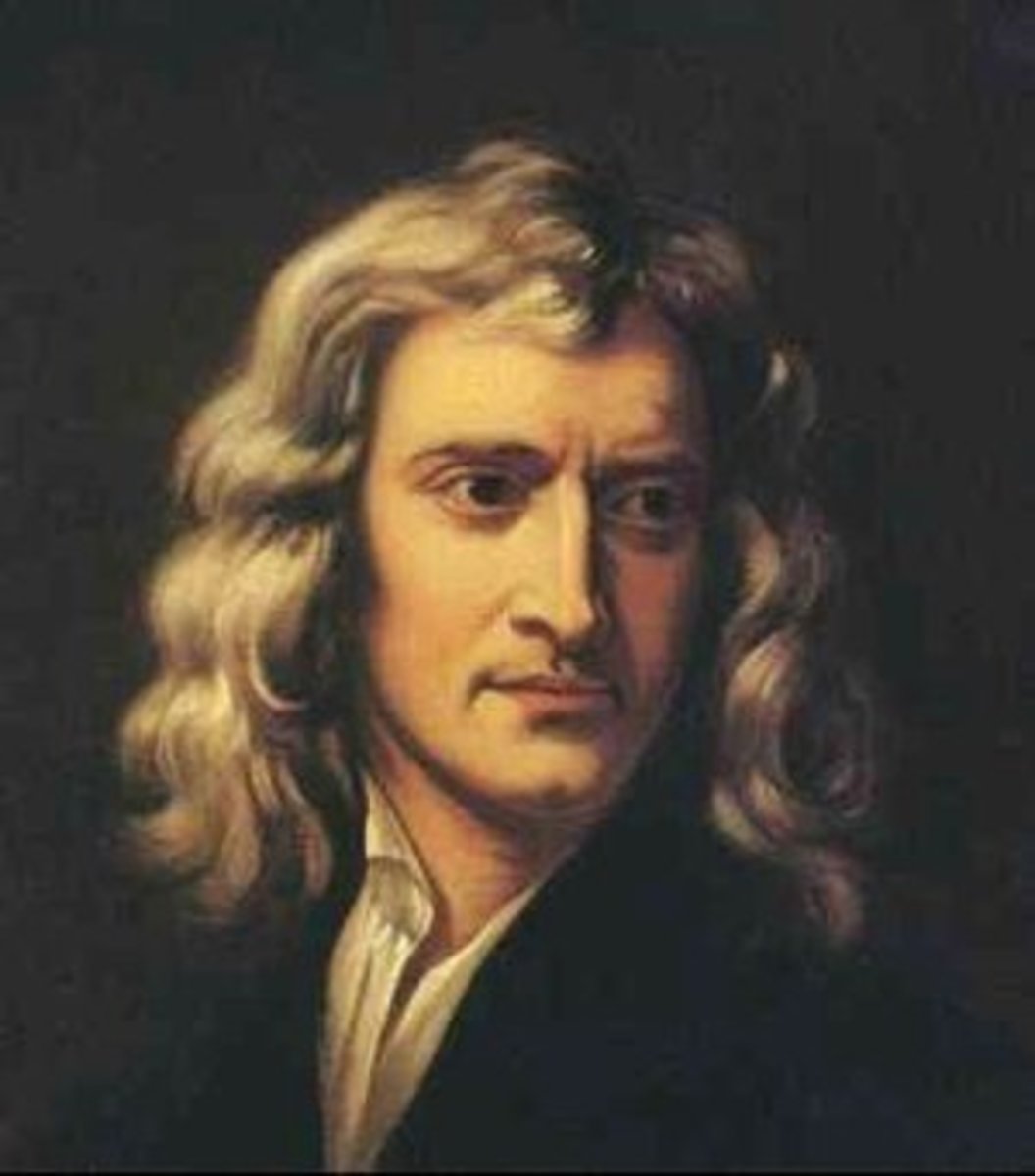Michael Faraday: Father of Electricity
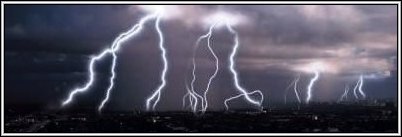

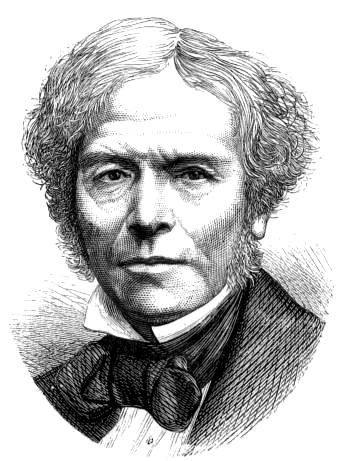
There’s no question Benjamin Franklin was a brilliant man. Along with many of his inventions, like bifocal spectacles, he developed the theory about the relationship between lightning and electricity. Probably the most famous experiment to do with lightning is that of Benjamin Franklin and his famous kite. Although, some doubt he actually did it the way the way it is often shown by tying a key to a kite string and flying it in a thunderstorm.
In any case, during those days electricity was more of a curiosity and had little use other than as part of a magician’s performance. It was another brilliant man who took electricity and put it to work. That man was Michael Faraday, an English physicist and chemist, best known for his discoveries of electromagnetic induction, laws of electrolysis and inventing the electric motor.
Faraday (1761–1810) was born to a poor, but devout Christian family in London. As a young boy he was extremely curious, constantly questioning everything. He frequently embarrassed his family by peppering visitors with questions of all sorts. The situation was further aggravated by the fact he couldn’t pronounce the letter “R” properly. That was a problem having his surname. Schoolmates often teased him for it, while teachers made him feel dumb saying he would never amount to anything more than a chimney sweep. Believing what they said he almost dropped out of school and take a job doing just that. This scared young Michael because it was an unhealthy job all too often leaving children permanently damaged and disfigured. Fortunately, he met a man who showed him how to overcome his speech impediment.

At age 13, Michael became an apprentice for a bookbinding shop in London, a perfect position for a young lad with an insatiable appetite for knowledge. He read every book he bound, sopping up every bit of information he could and decided one day he would write one himself. It was about this time he became interested in the concepts of energy and force. He studied every article he could find about electricity and magnetism in the Encyclopedia Britannica.
In 1812 Faraday obtained tickets to attend the lectures of Humphrey Davy, a pioneer in electrochemistry, at the Royal Institution. Faraday took 386 pages of notes, bound them in leather and sent it to Sir Joseph Banks, President of the Royal Society of London. Banks never responded so he sent a copy directly to Davy along with a job application to become an assistant. Unfortunately, at the time he already had an assistant. However, shortly afterwards, Davy fired his assistant and contacted Faraday. Davy offered him a job washing bottles. Naturally Faraday was disappointed, but it was an opportunity and he accepted.
Davy resigned his post at the Royal Institution in 1813 and began an extended trip through Europe taking Faraday with him. This afforded Faraday the opportunity to hobnob with famous men as Italian physicist Alessandro Volta and French chemist Louis-Nicolas Vauquelin.
It was in 1820, Danish physicist Hans Christian Oersted discovered an electric current could produce a magnetic field. This discovery sparked furious investigation by other scientists, including Faraday. Within a year Faraday built a device consisting of a hinged wire, magnet and a chemical battery. When the current was turned on it produced a magnetic field causing the wire to spin around the magnet. Faraday had just invented the electric motor.
Although the device was interesting nobody took it seriously, treating it as a novelty toy. But, Faraday persevered. Whereas Oersted had succeeded in converting electric current into a magnetic force, Faraday reversed the process and created electricity from magnetism.
Building on that, Faraday's next goal was to produce a continuous current. He decided to reverse an experiment made by Dominique Arago, a French physicist and astronomer who made important contributions in electromagnetism and optics. In1824 Arago discovered a rotating copper disk deflected a magnetic needle an example of magnetic induction. Faraday took a copper disk in 1831, spun it between the poles of a permanent magnet. This set up an electric current. The electric generator had been born.
Although Faraday was remarkably intelligent he wasn’t a strong mathematician. His intuitiveness in the sciences is what led him to many scientific discoveries. Unfortunately, he suffered a mental breakdown in 1839 from which he never fully recovered, forcing him to leave laboratory work and inventing to others.
Faraday died August 25, 1867, at Hampton Court, Middlesex, England. His accomplishments had been remarkable considering he had no formal training in science or mathematics, yet was able to institute the fundamental nature of electricity and magnetism.

